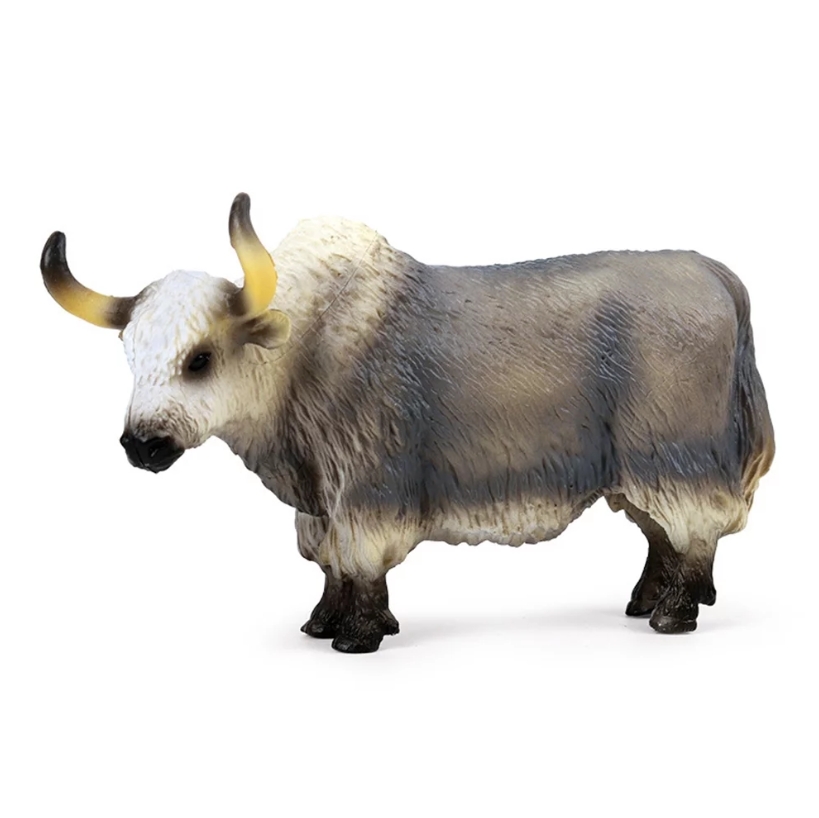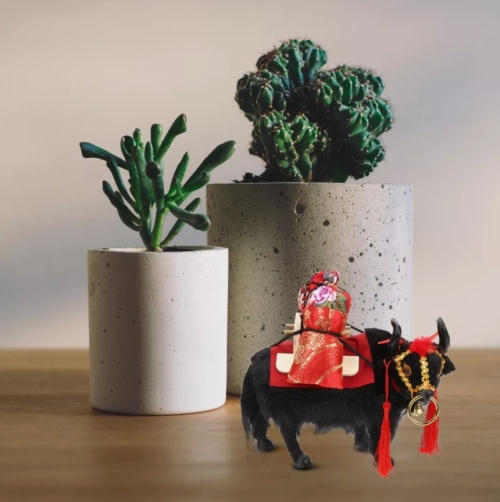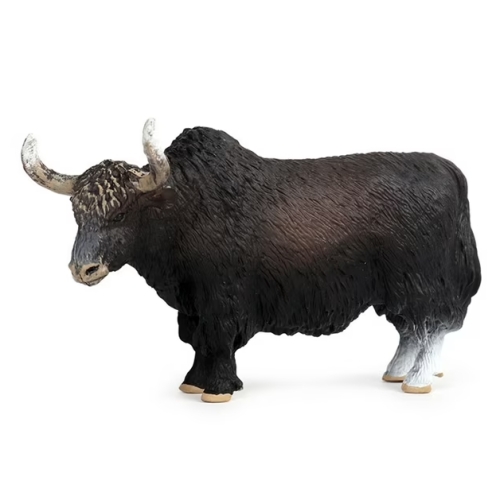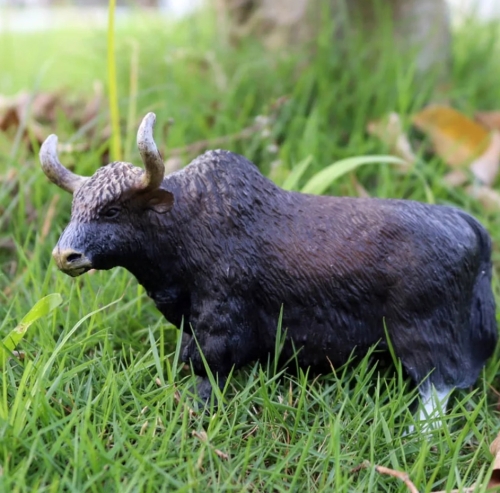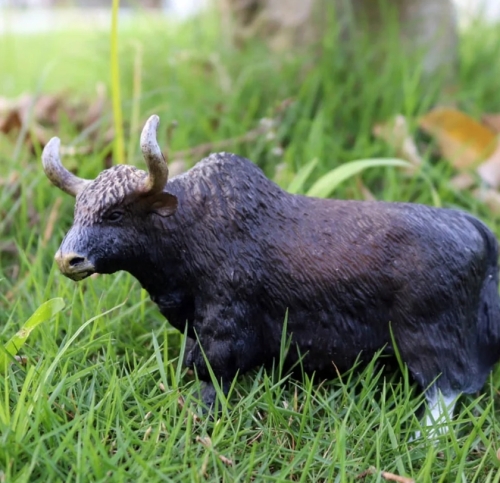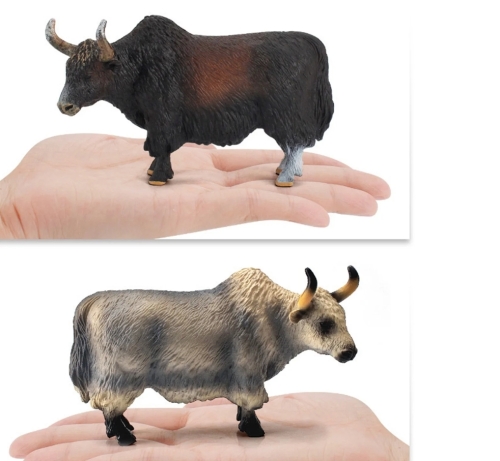Yak, as a kind of livestock unique to the plateau, has long played an important role in ecology, economy and culture. Today, with the continuous development of science and technology, the study of yak model has gradually become a new field, which provides a new perspective for us to understand and use this unique animal.
First, the yak model uses its unique biological characteristics as an entry point to help scientists explore the adaptation mechanism of animals in the plateau environment. Yaks have shown strong survival ability in extreme climate and scarce resources. By studying the yak genome, researchers found that it has a unique gene expression pattern in oxygen utilization and metabolic regulation. These findings not only enhance our understanding of yak biology, but may also provide implications for improving the survival of other animals and even humans in plateau regions.
Secondly, yak model also plays a positive role in ecological protection and sustainable development. Yak helps maintain the ecological balance of plateau grassland with its good grazing skills. By establishing ecological models based on yak growth patterns, researchers can better predict the impact of grazing activities on grassland ecosystems, thereby providing a scientific basis for sustainable grassland management. This model not only helps to protect the ecological environment, but also provides support for the production and life of local herdsmen, promoting the win-win situation of economy and ecology.

